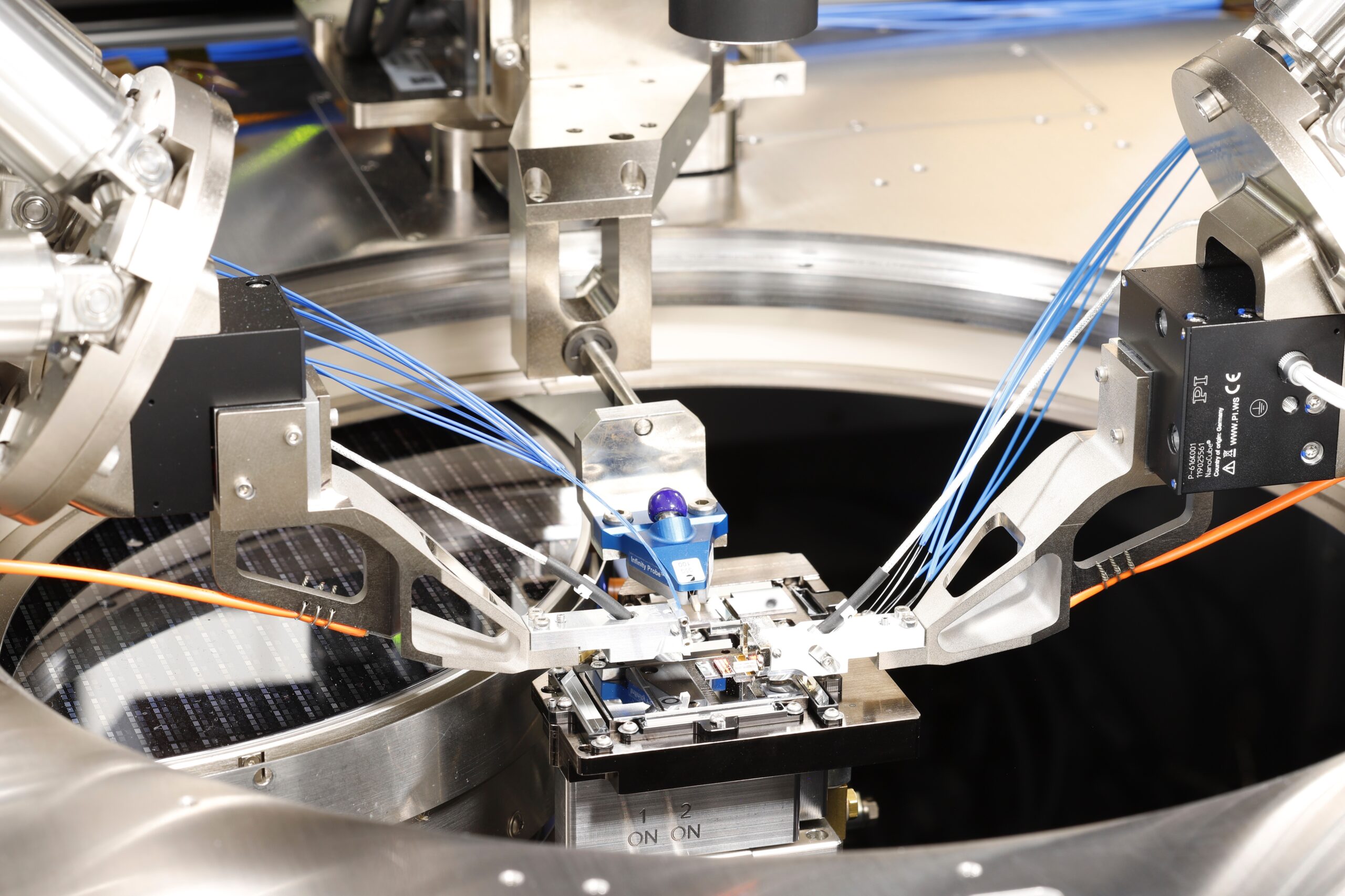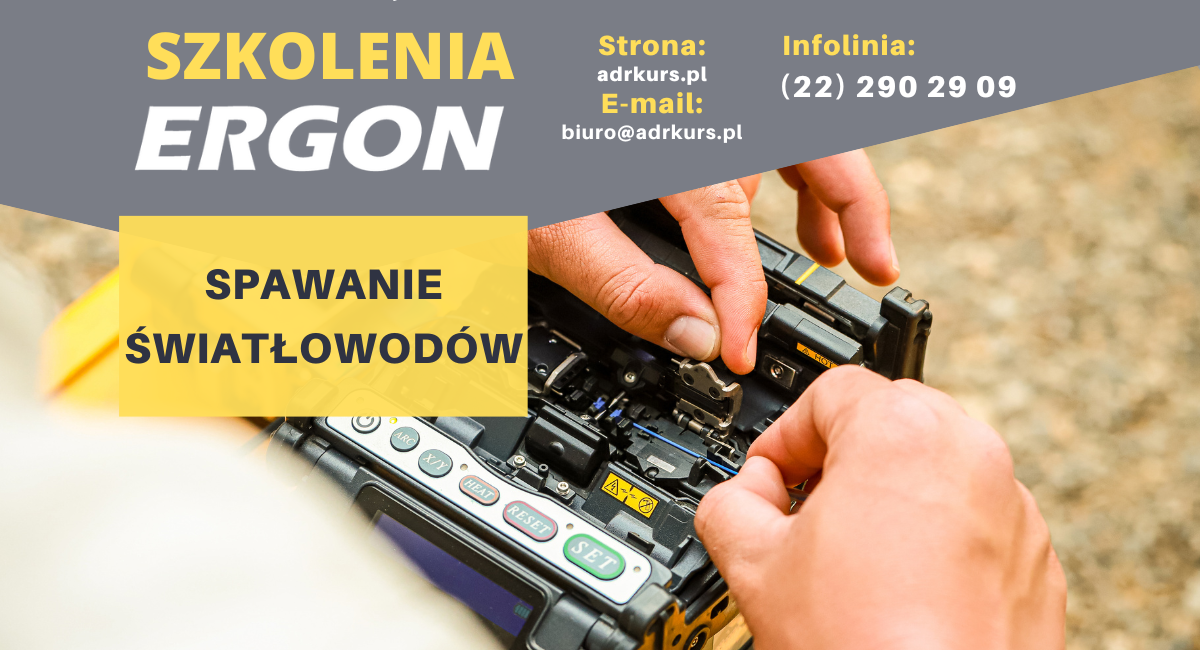Welding of optical fibres

How to become a fibre optic welder?
Given the current situation on the labour market, it is becoming increasingly common for young people to choose this industry, which offers great prospects and high wages. Our company runs welding courses aimed at anyone interested in this subject. The course is divided into theory and practice, on which we place particular emphasis. The welder must pass a special state exam to check his qualifications.

Fiber optic welding methods
Fiber optic welding is the permanent connection of two optical fibers without the use of additional connecting elements. There are currently two splicing methods:
- welded joints,
- mechanical welds.
Work characteristics of a fibre optics welder
Fibre optic welding is a very precise and demanding job, where step-by-step procedures are performed to join materials. The occupation of a welder requires physical fitness and stamina, as welding often takes place outdoors, which excludes people with allergies or asthma. Accuracy and having good eyesight are an added advantage in this job.
How to weld optical fibres?
- One of the most important aspects of working with optical fibres is the routing of the cables. This is important in the attenuation of the signals to be transmitted through them.
- We need to think ahead because we cannot run out of fibre and cable. It is advisable to take a longer cable length than the calculations suggest. It is worth being prepared for various potential obstacles such as changing the path of the cable. The cables we can buy on the market range from 2 to 280 fibres.
- Each cable has acceptable bending radii. It is recommended that trays are used at the cable ends. This will minimise the risk of damage to the connection.
- We will strip the insulation using standard tools - perhaps a knife, cutter or sheath stripper. We should pay attention to the exposed fibres, because if it is an external cable, once the sheath is pulled away, it may leak gel, which is a protection against moisture. We should be careful not to pull on the cable as there is a risk of breaking the sheath this way.
- When preparing the fibre, we should be focused and precise. To begin with, we prepare the fibre and strip off all coatings larger than 125 um diameter. A striker can help us with this. Then we clean the fibre from dirt and coating residue. Isopropyl alcohol is usually used for this. Remember to clean the fibre first, using dust-free wipes. When we are ready to cut, we use an optical fibre cutter.
- The finished fibres can be joined using other methods. The tools used are usually special splicers, which are the most reliable methods of joining optical fibres.
- Our last task as installer will be to measure the optical path. For this we need a meter with constant optical power and light, as the quality of the weld made will depend on these factors.

Fibre optic welding is carried out using a fibre optic welding machine. The models available on the market vary in quality and functionality. Fibre optic welding is a technologically advanced process and therefore requires the use of specialised welding machines, optical power meters and fibre optic cutters.
Strengths of working as a fibre optics welder
Professionals in this field are in high demand, which affects the size of their salaries. The most sought-after group are TIG welders, who are paid the highest wages. To broaden your qualifications, it is also worth specialising in the MIG/MAG method.
Course of training and examination
To become one of the TIG, MIG or MAG welders, we invite you to take part in our training. Let us give you the necessary knowledge you need for this profession, which you will then use in practice, while practising with a welding machine under the guidance of our expert.
Once you have completed the course, you will be able to take an exam, passing which will allow you to become qualified as a welder.
If you have any questions, please feel free to contact us by email or telephone.





































